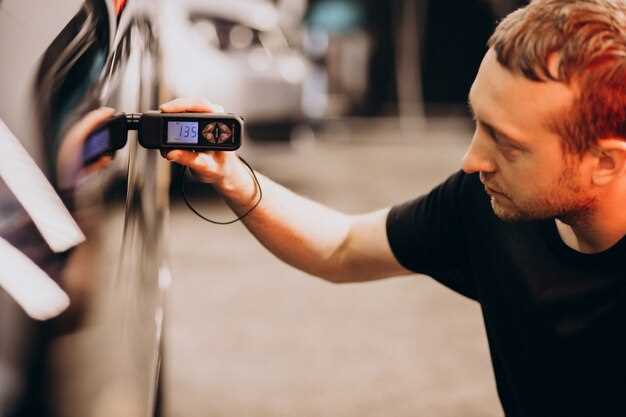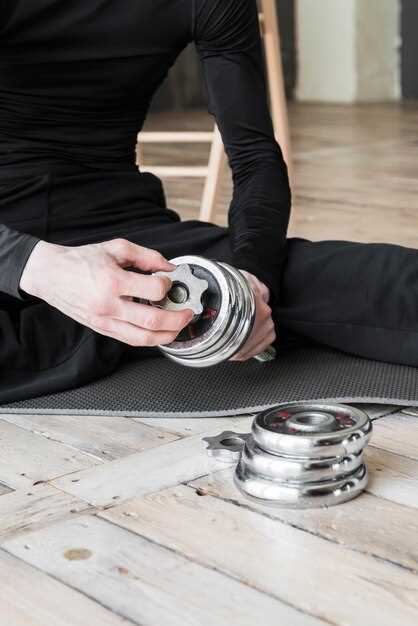
Maintaining your BMW’s engine efficiency is vital for optimal performance, and one of the key components in this process is the thermostat. A malfunctioning thermostat can lead to severe overheating or inefficient engine performance, which may result in costly repairs down the line. In this guide, we will provide detailed instructions on how to replace the thermostat in your BMW, ensuring that you can keep your vehicle running smoothly.
Replacing a thermostat may seem daunting, especially for those unfamiliar with automotive repairs. However, with the right tools, a bit of technical knowledge, and following our step-by-step instructions, anyone can successfully complete this task. We will cover necessary preparations, safety precautions, and the tools required for the job, making it accessible even for novice mechanics.
In addition to the replacement process, we will also touch upon common symptoms of a failing thermostat, so you can identify potential issues before they escalate. Understanding the importance of a properly functioning thermostat will help you appreciate the significance of this maintenance task, ultimately extending the longevity of your BMW. Let’s dive into the specifics of replacing a thermostat and get your BMW back on the road with peace of mind.
Identifying the Symptoms of a Failing Thermostat in Your BMW

A malfunctioning thermostat can lead to significant engine problems in your BMW if not addressed promptly. Detecting the symptoms early on can help you prevent more extensive damage. Here are the key signs to watch out for:
Engine Overheating: One of the most common symptoms of a failing thermostat is engine overheating. If your temperature gauge consistently points toward the red zone or if the warning light activates, the thermostat may be stuck closed, preventing coolant from circulating.
Inconsistent Temperature Readings: An erratic temperature gauge is another indication of a potential thermostat issue. If the gauge fluctuates rapidly or shows abnormal readings without a clear cause, the thermostat might not be regulating the coolant flow correctly.
Coolant Leaks: A failing thermostat can cause coolant to leak, particularly around the housing. If you notice puddles of coolant under your BMW, it’s essential to inspect the thermostat and surrounding components for damage or wear.
Engine Running Cold: Conversely, if your engine temperature is consistently lower than normal, it could mean the thermostat is stuck open. This can lead to reduced fuel efficiency and increased emissions as the engine struggles to reach its optimal operating temperature.
Unusual Engine Noises: If you hear unusual sounds, such as gurgling or bubbling from the coolant system, it may indicate that the thermostat is failing to open or close properly, causing air to enter the system.
Recognizing these symptoms allows you to take action before they escalate into larger issues. Regular maintenance and monitoring of your BMW’s temperature gauge are essential for a healthy engine.
Step-by-Step Instructions for Removing the Old Thermostat

Begin by ensuring that the engine is cool and you have the necessary tools: a socket set, a wrench, and a container for draining coolant.
First, disconnect the negative terminal of the battery to prevent any electrical accidents. This is a crucial safety step that should not be overlooked.
Next, locate the thermostat housing, which is typically found where the upper radiator hose connects to the engine. Follow the hose from the radiator to the engine to identify the housing.
Once you’ve located the thermostat housing, use a wrench to loosen and remove the bolts securing the housing. Carefully take off the housing, as it may still contain coolant. Position your container beneath to catch any liquid that spills.
After removing the housing, you will see the thermostat. Take note of its orientation for proper installation of the new one. Gently pry the old thermostat from its seat. If it’s stuck, use a flathead screwdriver to carefully loosen it without damaging the housing.
Inspect the old thermostat and the mating surfaces for any signs of damage or debris. Clean the surfaces thoroughly to ensure a proper seal for the new thermostat.
Once the old thermostat is removed and the area is cleaned, you are ready to proceed with installing the new thermostat. Make sure to dispose of the old thermostat and any coolant according to local regulations.
Installing the New Thermostat and Refilling the Cooling System
Begin by ensuring that the new thermostat matches the specifications required for your BMW model. Once confirmed, place the thermostat in the designated housing, ensuring that the alignment is correct. Refer to any instructions provided with the new component, as some thermostats have specific orientation requirements.
Before securing the thermostat, apply a small amount of gasket maker or a new gasket to prevent leaks. Carefully position the thermostat cover back in place, ensuring a snug fit. Use a torque wrench to tighten the bolts to the manufacturer’s specified torque settings. This will help avoid any potential cooling system leaks due to over-tightening or insufficient clamp force.
Once the thermostat is installed, the next step is to refill the cooling system. Start by placing a drainage pan beneath the radiator drain plug. Open the drain plug to let out any residual coolant, then close it once fully drained. Next, locate the coolant reservoir and use a funnel to pour in the new coolant. Make sure to use the type of coolant recommended for your BMW, as using an incompatible fluid can lead to issues.
As you refill the system, periodically check for bubbles in the coolant reservoir. This indicates that air is being released from the system. To expedite this process, you can manually squeeze the upper radiator hose to push out any trapped air. Continue adding coolant until the reservoir reaches the appropriate fill line.
After refilling, start the engine and let it run until it reaches operating temperature. Monitor the temperature gauge to ensure the thermostat opens at the correct time. This will help you confirm that the installation was successful and that the cooling system is functioning as intended. Additionally, check for any leaks around the thermostat and hoses while the engine runs.
Once everything is confirmed to be working properly and there are no leaks, turn off the engine and recheck coolant levels. If necessary, top off the reservoir to the correct level. Dispose of any old coolant in accordance with local regulations and ensure that all tools and materials used during installation are accounted for before completing the job.




